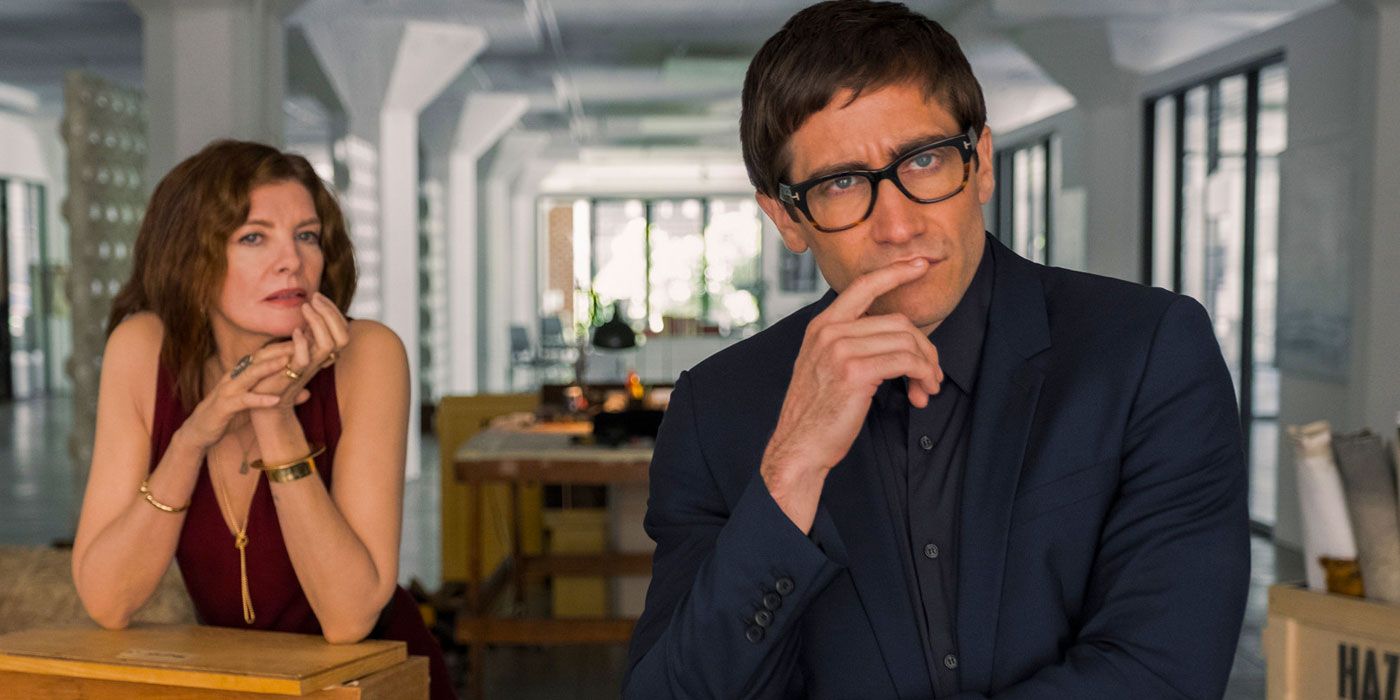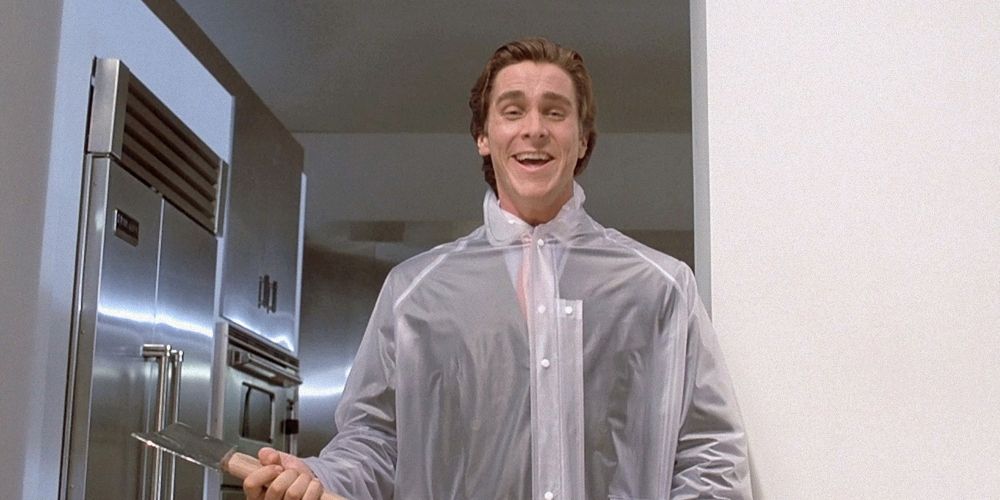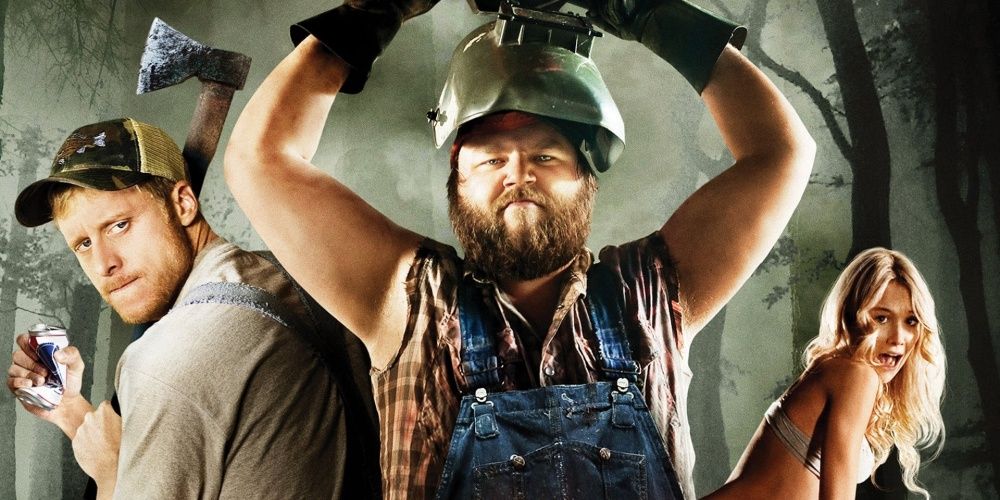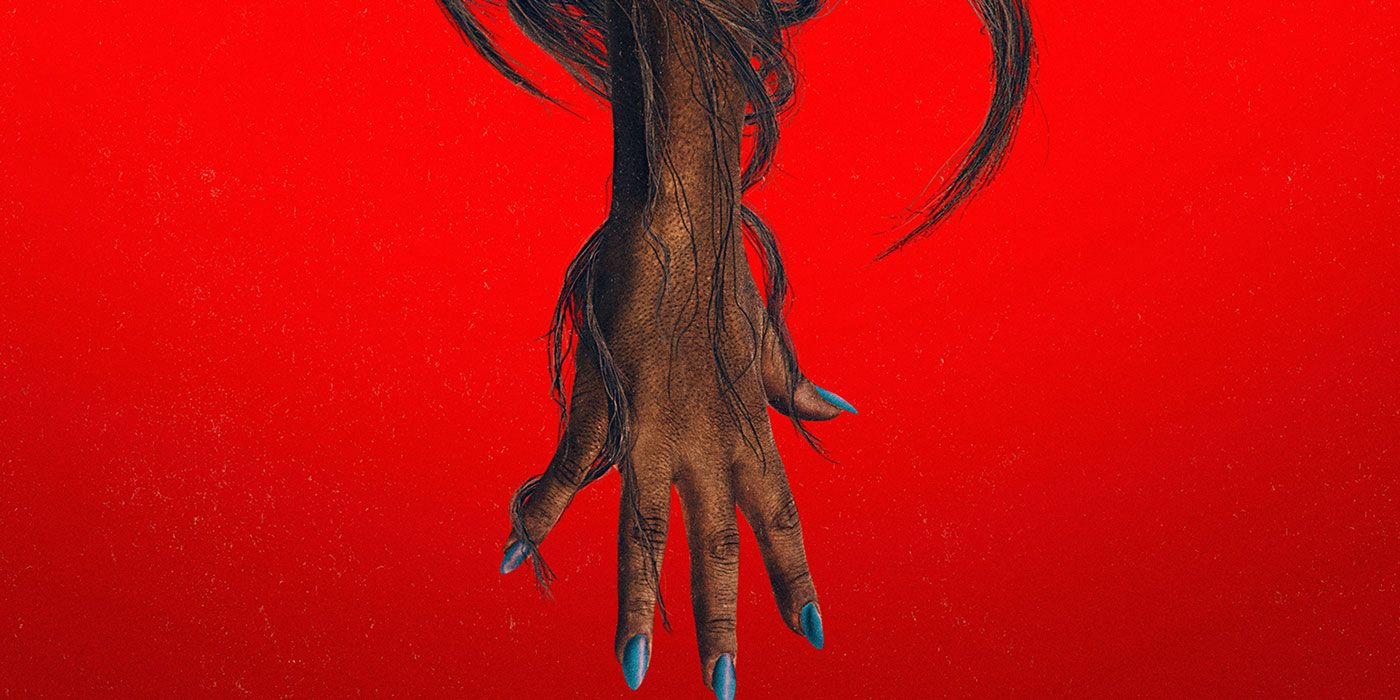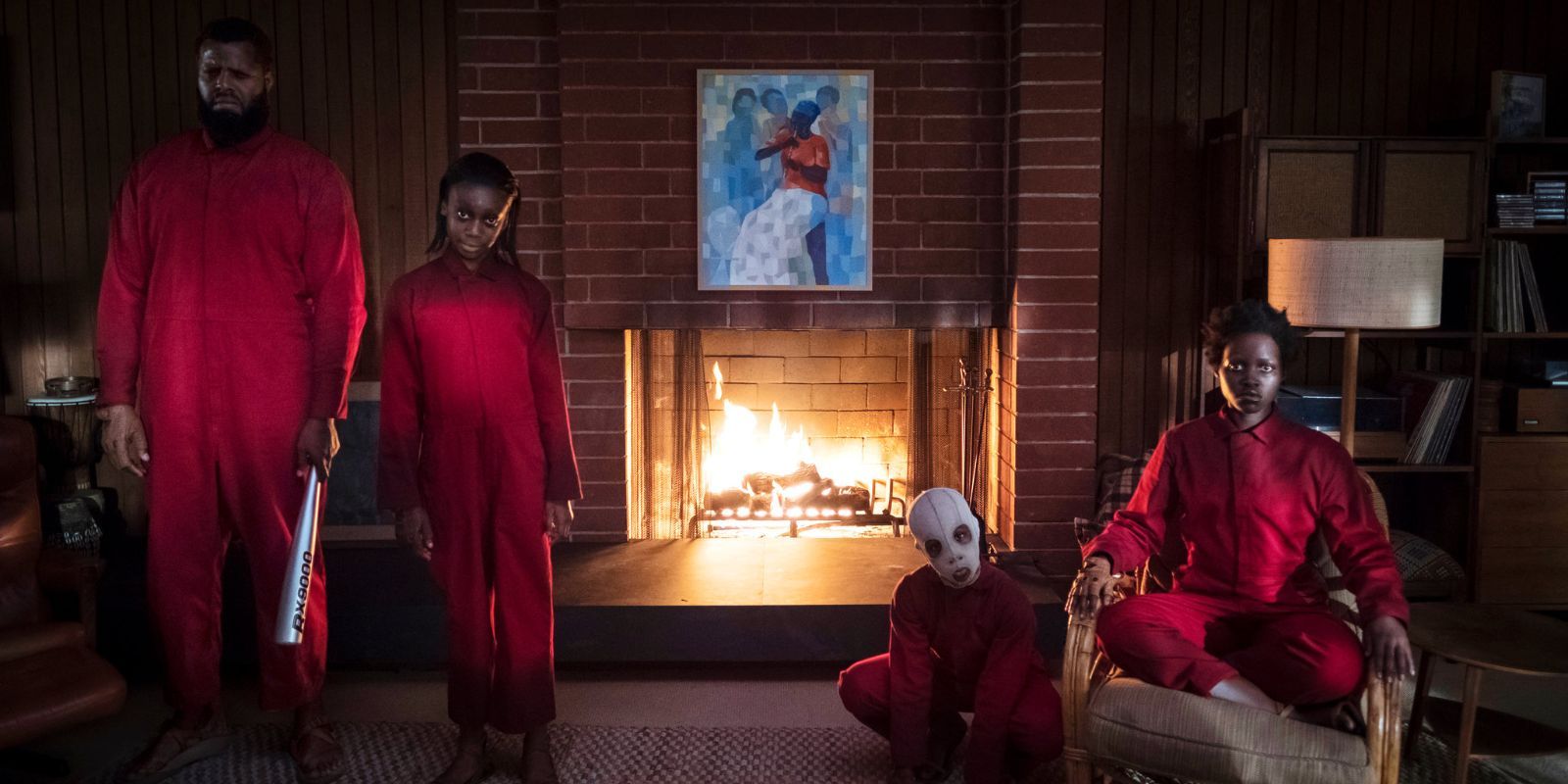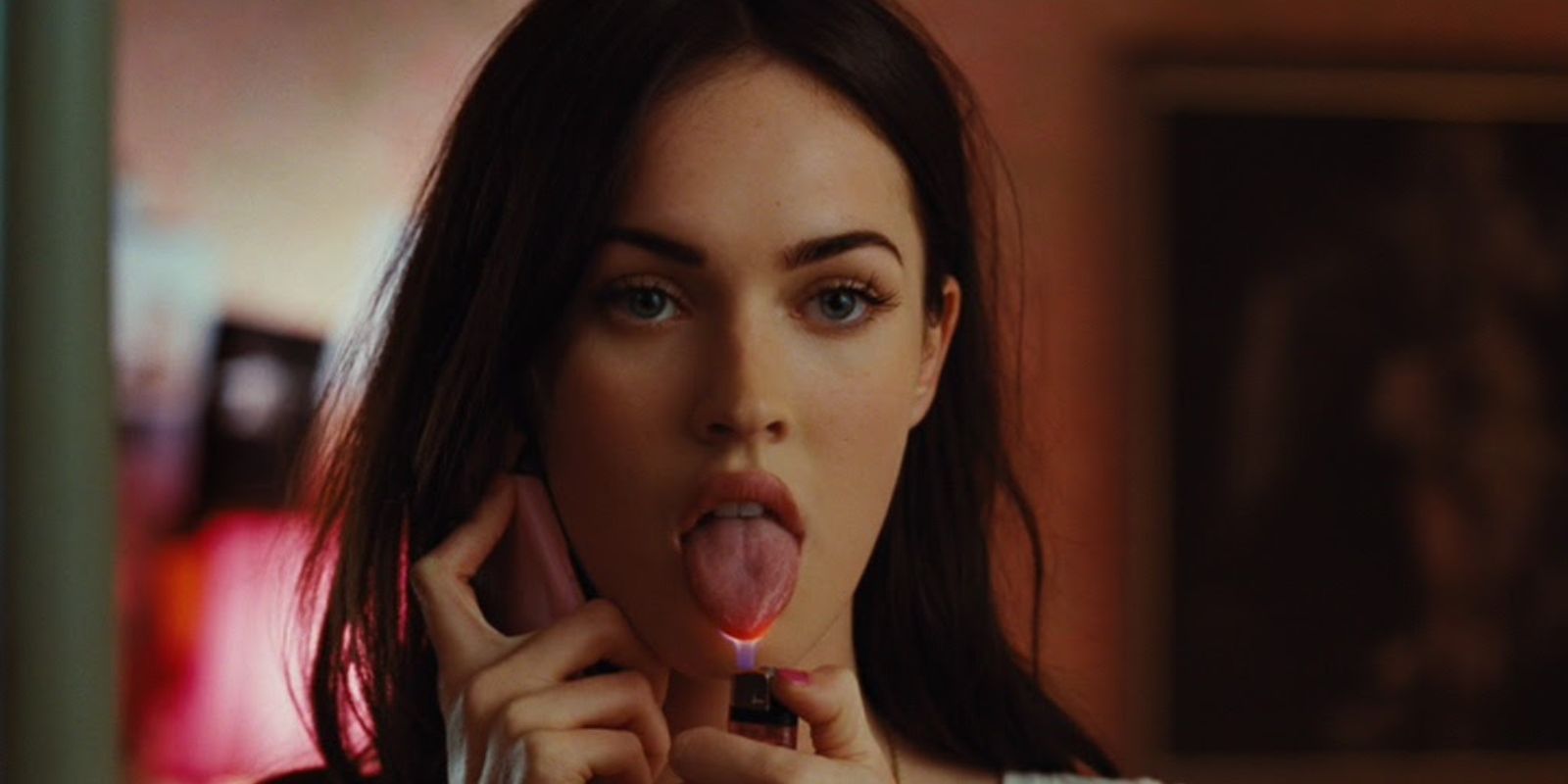Horror has many ways of taking real-life fears and portraying them in exaggeratedly terrifying manners. Most of the time, it will remain consistent with its conventions and lay obvious groundwork for themes and messages, but there are occasions where horror films are much smarter.
When satire is introduced through horror, audiences get a sense of traditional elements of horror laced with either jokes or social commentary towards a certain topic, the result being a brilliant film that subverts the very thing writers and creators are bringing attention to. Combining satire and horror is one of the best ways to tackle issues that might desperately need change both socially and creatively.
10 The Cabin In The Woods Takes On One Of Horror's Most Common Tropes
The Cabin In The Woods focuses on a group of friends during a weekend trip after they accidentally summon an evil at the cabin they are staying in. The film takes a turn when the main characters learn the evil they are facing is controlled by engineers that use various methods of killing in an effort to gain sacrifices for a god.
This film easily falls into horror clichés that exist, each character is a stereotype found in horror and this is all done purposely. The film succeeds in making fun of the genre by giving a fresh look into common tropes and having a unique story that borrows creatures from famous horror films.
9 Scream Pays Homage To The Slasher Genre By Being Self Aware
Wes Craven's classic film Scream follows a group of high schoolers that are targeted by a serial killer that goes by the name Ghostface. While the film’s plot isn’t very original, it's deemed a classic for its great storyline and interesting characters that both follow and subvert stereotypes, and a twist ending that has yet to be matched by the sequels.
There are moments throughout Scream where characters are aware of the clichés in slashers films, as if they understand they are in a movie. It works so well because the film becomes meta, and jokes about the conventions of horror before they even happen while making commentary on the lengths people will go to be famous.
8 Shaun Of The Dead Is Actually A Romantic Comedy
Shaun of The Dead follows underachiever Shaun, who tries to save and win back his girlfriend all while protecting his friends and family from the zombie apocalypse that has devastated his small town in England. The film depicts Shaun as he rises to the occasion and goes from directionless loser to unlikely hero.
Shaun of the Dead cleverly utilizes the romantic comedy formula meshed with that of the zombie subgenre. It still does follow the conventions of a zombie movie, but those elements take a back seat to the real issues. The film also utilizes the underlying plot of a zombie apocalypse to make commentary on escaping from a dull unfulfilling life.
7 Get Out Shines A Light On Appropriation and Racism in America
Jordan Peele's 2017 directorial debut Get Out centers on a Black man, Chris, going on a trip with his white girlfriend to meet her parents. Soon after arriving, Chris learns of the family's organization and sinister plan to sell the bodies of black people as vessels for their white clients' consciences.
The social commentary Get Out makes on racism is blatant, but it satirizes appropriation as well. The film challenges the American views of the audiences to consider that there is a fine line between love and hate. It works so well because it plays on the disrespect and hate that Black people face in society while having their culture and features claimed by others.
6 Velvet Buzzsaw Calls Out The Art Scene
Velvet Buzzsaw centers on the art industry after a troubled artist passes away, and his disturbing yet beautiful work is found and sold at very high prices. Soon after, those that benefited financially from the artist's work are killed one by one in gruesome ways related to art gallery pieces.
Velvet Buzzsaw discloses how greed plays a grand part in the art industry, and how the quality of art does not matter as long as there is profit. The film does a great job of showcasing and mocking the pretentiousness of the art scene and how artists and their work are exploited for profit.
5 American Psycho Showcases The Superficial Face of The Corporate World
Based on the Bret Easton Ellis book of the same name, American Psycho tells the story of Patrick Bateman, who works in a corporate office during the 1980s, and has homicidal urges that he satiates by murdering. The film sees Bateman as he descends into chaos and madness, driven there by the consumerist life he is addicted to.
American Psycho runs a bit deep with its social commentary while portraying the Wall Street boom of the '80s that created the yuppie culture of young successful people that garnered wealth through the corporate world and maintained expensive appearances. American Psycho comments on capitalist society and the psychological issues that arise from trying to cater to the norms of that society.
4 Tucker & Dale Vs. Evil Pokes Fun At Horror Tropes Through Misunderstanding
Tucker & Dale Vs Evil centers on friends Tucker and Dale who, while on vacation, get mistaken for murderers by a group of college kids. The duo goes through a series of macabre events that are caused by wacky coincidences and misunderstandings.
Tucker & Dale Vs Evil is great at exhibiting typical horror conventions, but it flips them by missing significant elements, such as a villain or a killer. Each character that is killed falls victim to circumstance and bad luck. The film still has gore and harbors moments indicative of a slasher film, however, there is no actual evil.
3 Bad Hair Turns An Unorthodox Enemy Into A Lesson
Set in the 1980s, Bad Hair features Anna, a young Black woman who works at a TV station where she hopes to build her career. In an effort to move up in her workplace, Anna changes her hair. As it turns out, the hair she uses comes from a line of witches that possess anyone that uses it.
Bad Hair has a distinctive plot that has much to say about the way Black hair is viewed in society. It works well in portraying the relationship between a woman and her hair while commenting on beauty standards. It satirizes not just the view the public has on Black peoples' hair but the internalized hate that one can develop towards their own features.
2 Us Discusses Class Division And Reform In America
Jordan Peele's Us focuses on a family that goes on a vacation where they encounter identical, yet sinister, versions of themselves, known as the Tethered, that live underground and mirror the lives of those that reside above. The doppelgangers enact violence on their counterparts as a way to create reform, believing they've lived unfair lives at the expense of those above.
Us exhibits the true horror of class division, brilliantly conveying terrors that exist in society. Taking elements from horror, it characterizes the Tethered as a pseudo lower class and labels them enemies. Also, the twist element of having Adelaide be a Tethered represents the person that often loses touch with their roots when they achieve a higher status.
1 Jennifer's Body Comments On Women Through The Male Gaze
Jennifer's Body centers on Jennifer, who goes to a concert with her nerdy best friend and ends up the sacrificial lamb of a band that made a deal with the devil. Things don’t go as planned, and instead, Jennifer becomes a man-eating demon.
Female friendship, the objectification of women, and even sapphic themes are magnificently explored in this film. Jennifer's character is desired by every guy, but she uses their body to feed, all while dealing with the conflicting, almost romantic relationship she has with her best friend. It works well in the way it uses symbolism, introduces characters through the female gaze, and directly subverts male expectations.

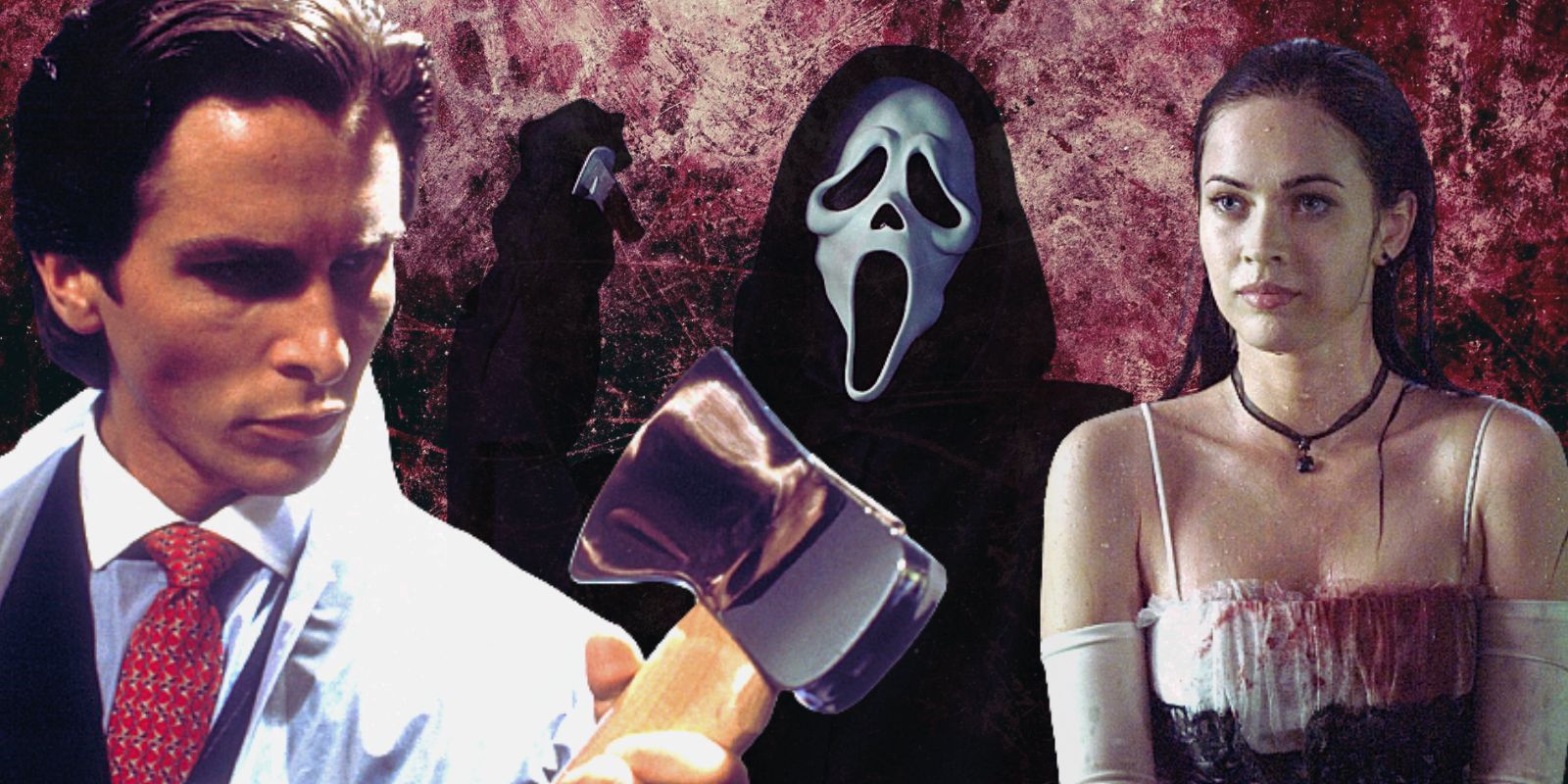
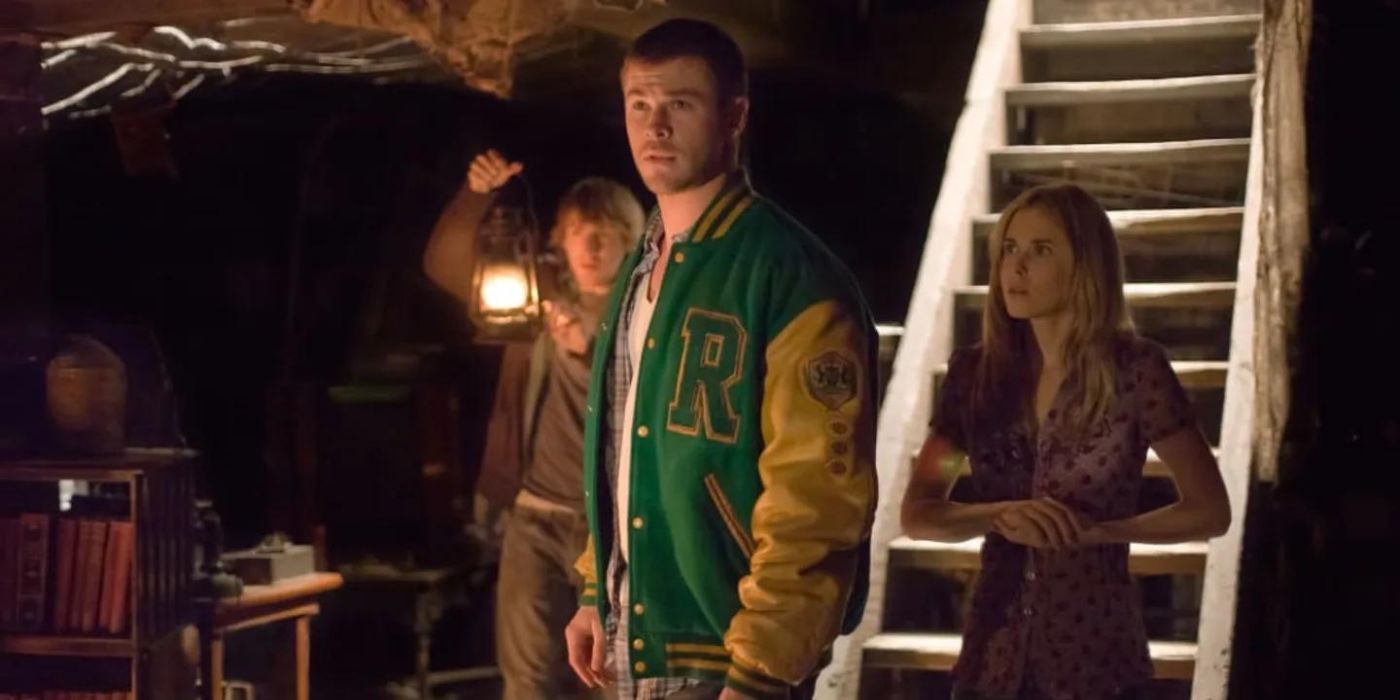
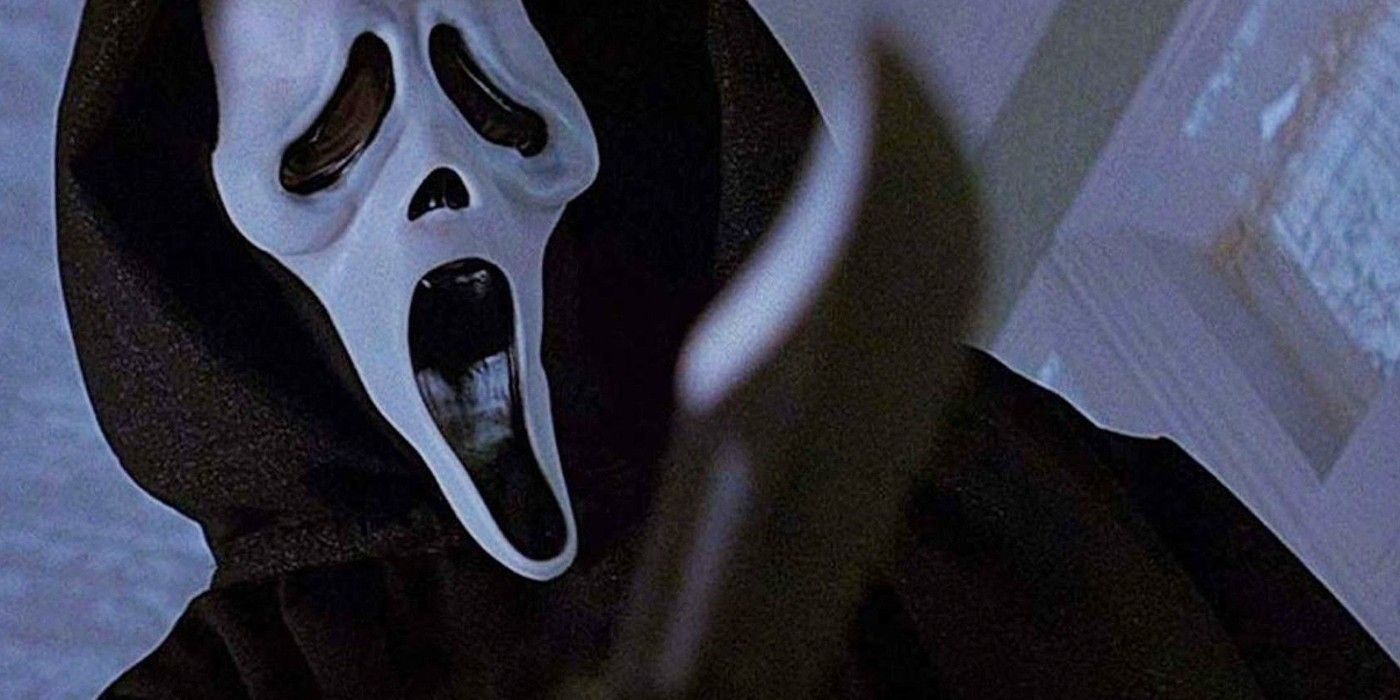
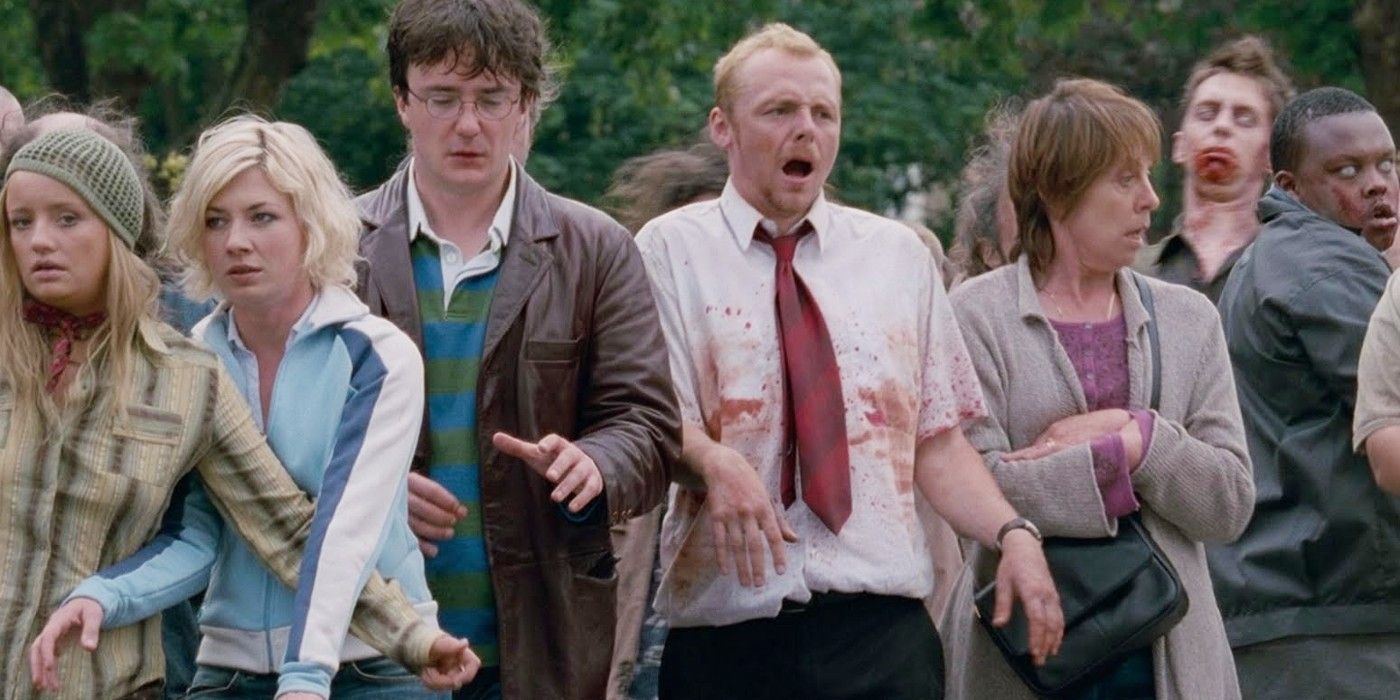
.jpg)
